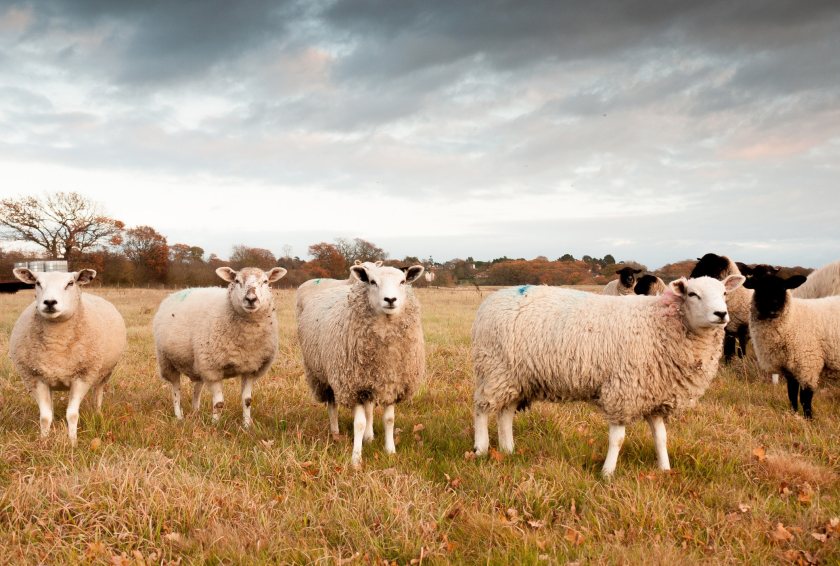
Farmers are being warned to protect cattle and sheep from the deadly dangers of acorns and beech nuts this autumn, as the NFU highlights the risks of mast years.
Extra precautions are needed this season, particularly as feed supplies remain tight, as over-consumption of mast by ruminants can be highly toxic and fatal, the union warned.
A mast year is when nut-bearing trees — such as oak and beech — produce an unusually large crop of seeds, acorns, or nuts, often in response to drought conditions.
“This autumn, with feed in short supply, you must take extra care to ensure that your animals do not gorge on acorns or beech nuts, as they are toxic and potentially fatal if consumed in high volumes,” the NFU said.
Cattle and sheep are particularly vulnerable during mast years, often developing a taste for acorns or beech nuts, which in high quantities can cause tannin toxicity, rumen imbalances and other digestive disorders.
By contrast, pigs are relatively resistant to tannins and can safely consume much larger quantities, with acorns forming part of seasonal diets in some traditional production systems such as pannage.
Tannin toxicity causes serious damage to the kidneys and can result in renal failure. Symptoms include reluctance to eat, abdominal pain, constipation followed by black, tarry diarrhoea, bloody urine, depression, collapse and, in severe cases, death within 24–72 hours.
There is currently no cure, and prognosis for affected animals is poor. Treatment options are limited to intensive supportive care, involving large volumes of intravenous and oral fluids while the extent of kidney damage is monitored.
The NFU has stressed that prevention is the best approach. Farmers should restrict cattle and sheep from grazing in areas where acorns and beech nuts are falling, particularly during years when forage is already in short supply.
Where possible, livestock should be moved to alternative fields or areas should be temporarily fenced off.
Farmers who suspect mast poisoning are urged to act quickly by removing livestock from the source, providing plenty of water and contacting a vet immediately.
